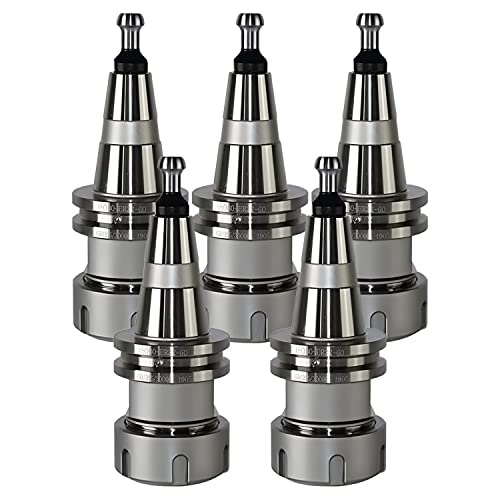Hi,
I've made a new 2mm pitch topslide and nut to replace the old imperial set on my boxford lathe. There is a bit of backlash in the operation which I would like to take out with some 3/8"ID x 5/8"OD shim washers. I've made one 0.5mm thick but I need to take out a bit more play using brass shim plate down to 0.05mm thick. Can anyone tell me the best way of drilling the 3/8" hole into such thin shim plate? I've tried a step drill without too much luck - I 'm left with a raised rim on the outlet side.
I've made the shoulder on the screw a bit oversize, so if I have to I can add another 0.5mm washer and skim the shoulder but I'd prefer to shim it if I can.
Regards,
Alan C.
I've made a new 2mm pitch topslide and nut to replace the old imperial set on my boxford lathe. There is a bit of backlash in the operation which I would like to take out with some 3/8"ID x 5/8"OD shim washers. I've made one 0.5mm thick but I need to take out a bit more play using brass shim plate down to 0.05mm thick. Can anyone tell me the best way of drilling the 3/8" hole into such thin shim plate? I've tried a step drill without too much luck - I 'm left with a raised rim on the outlet side.
I've made the shoulder on the screw a bit oversize, so if I have to I can add another 0.5mm washer and skim the shoulder but I'd prefer to shim it if I can.
Regards,
Alan C.























































![TurboCAD 2020 Designer [PC Download]](https://m.media-amazon.com/images/I/51UKfAHH1LL._SL500_.jpg)

![DreamPlan Home Design and Landscaping Software Free for Windows [PC Download]](https://m.media-amazon.com/images/I/51kvZH2dVLL._SL500_.jpg)













